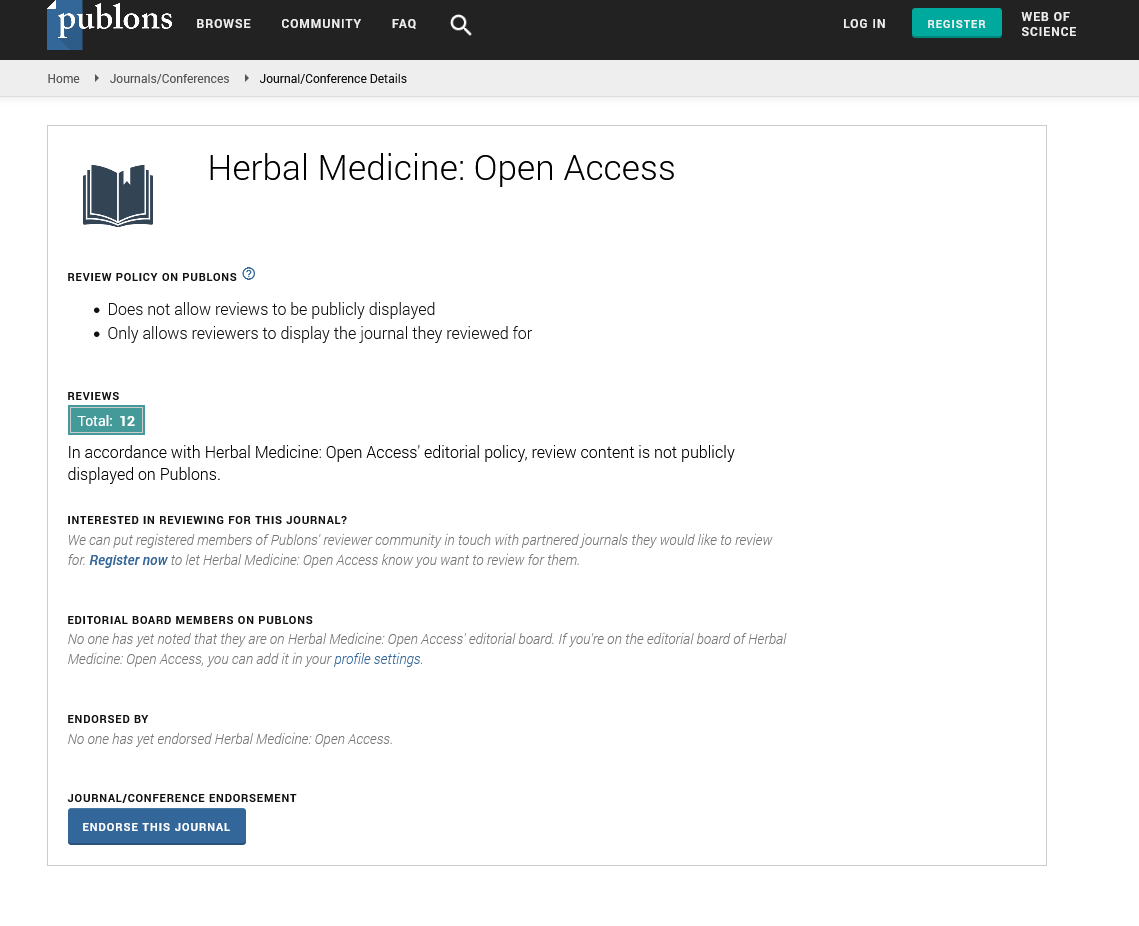Abstract
Chemical Profiling of the Aerial Parts and Roots of Ixeris dentata Using LCQTOF-MS Combined with Multivariate Chemometric Analysis
Ixeris dentata (Thunb. ex Thunb.) Nakai (Asteraceae) is a perennial herb distributed throughout East Asia including Korea, China and Japan. Both its aerial parts and roots are edible as a bitter appetizing vegetable. In addition, they have been used in folk medicine for the treatment of various diseases. In the present study, the chemical profiles of the aerial parts and roots of I. dentata were investigated using HPLC-QTOF-MS combined with multivariate chemometric analysis. From 18 samples collected in 7 different areas, 30 compounds were characterized and most of them were sesquiterpenes and flavonoids. Principal component analysis of them clearly distinguished the samples of I. dentata by the parts, aerial parts and roots. The loading plots gave the information about the important compounds responsible for the discrimination between plant parts. Hierarchical cluster analysis also showed clear distinction between two parts. Although I. dentata samples derived from the same plant, there was difference in their chemical profiles, which might account for their different uses.
Author(s):
Park JH, Park SJ, Yoo G, Kwak HJ, Oh Y and Kim SH
Abstract | Full-Text | PDF
Share this

Google scholar citation report
Citations : 271
Herbal Medicine: Open Access received 271 citations as per google scholar report
Herbal Medicine: Open Access peer review process verified at publons
Abstracted/Indexed in
- Google Scholar
- JournalTOCs
- China National Knowledge Infrastructure (CNKI)
- Directory of Research Journal Indexing (DRJI)
- WorldCat
- Publons
- Secret Search Engine Labs
- Zenodo
Open Access Journals
- Aquaculture & Veterinary Science
- Chemistry & Chemical Sciences
- Clinical Sciences
- Engineering
- General Science
- Genetics & Molecular Biology
- Health Care & Nursing
- Immunology & Microbiology
- Materials Science
- Mathematics & Physics
- Medical Sciences
- Neurology & Psychiatry
- Oncology & Cancer Science
- Pharmaceutical Sciences


